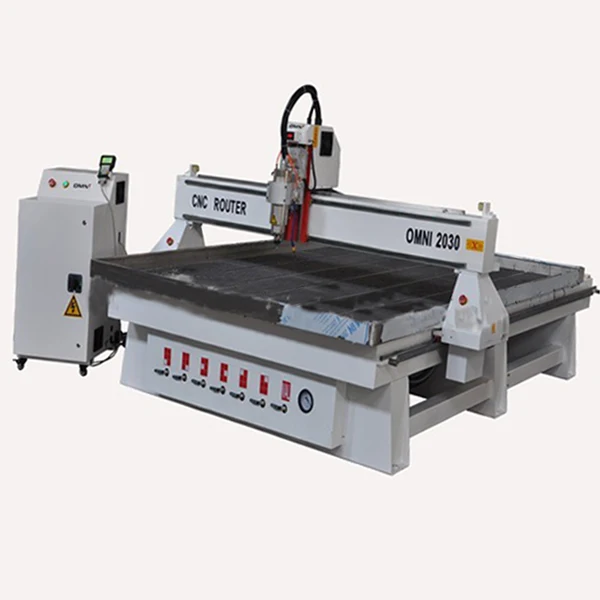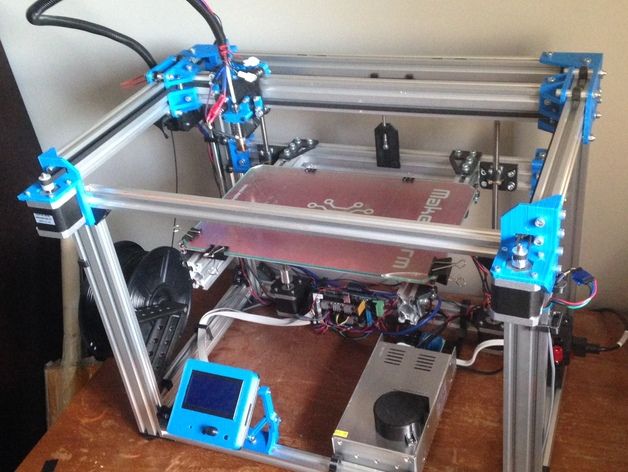3D laser scanner cnc
3D Scanning for CNC - CAD / CAM Services Inc. -
Scanning for Engineering and CNC
The world is a better place in the one-off part business. With new technologies, better scanners (both arms and 3D scanners), and smarter software – we now have an efficient and cost-effective way to scan items directly into CNC machines for engineering.
Consider this Scanning for CNC Issue:
Discontinued parts for 3D scanning and CNC
How do you take a discontinued part and create a duplicate of it?
Or, how do you create several copies of that same part?
Think of the first step in the Reverse Engineering process.
In the past, this has been an expensive, slow, and inaccurate process.
CAD / CAM Services Scans for CNC Engineering
Today’s Solution: Scanning for Engineering & CNC
Hexagon TIGO SF CMM 3D Scanning Station
Step 1: Generate a Point Cloud
of the Part or Object
There are two main approaches:
1) Arms with sensors attached, that can touch or scan any position on that part that you can see
2) 3D scanning.
Mitutoyo CMM machine 3D Scan Station
Types of CMM Machines
CMM machines start at $ 5-10,000 and can easily hit $ 130,000 or more depending upon the size and accuracy requirements.
Vendors like Mitutoyo, Hexagon and Zeiss are serious vendors in the CMM marketplace.
At best CMM machines can capture about 500mm per second.
Zeiss MMZ G CMM 3D Scanner
zCat Portable 3D Scanner
The zCAT 3D scanner is targeted at shop-floor measurement. it costs about $40,000.
Most significant shop-floor measurement innovations have been either portable, or probing systems built into CNC machine tools—also known as on-machine verification or OMV.
The zCAT advances the technology of portable measuring arms by automating repetitive part measurement with significantly better accuracy.
zCAT comes with a five-hour lithium-ion battery. It needs no electrical connection, therefor has no cables to stumble over.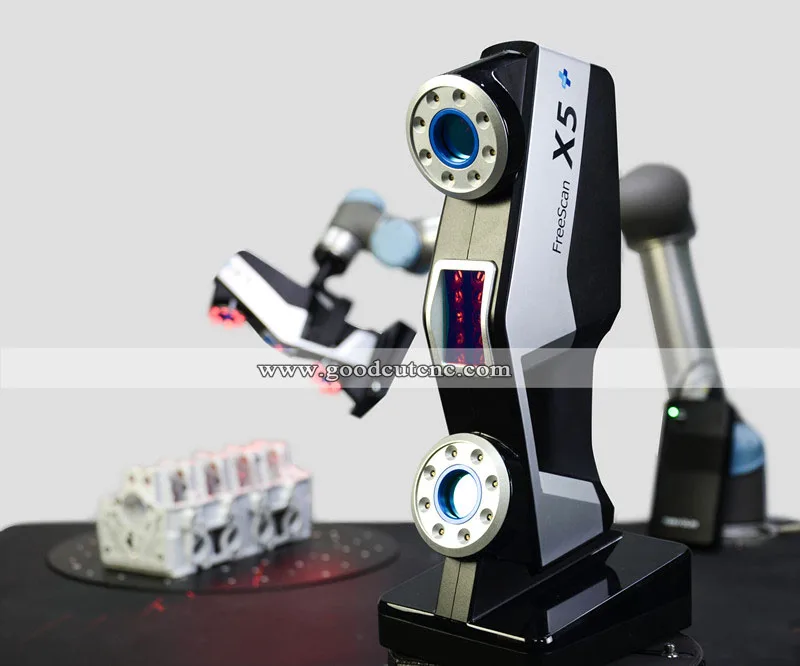 Another benefit is that zCAT doesn’t use air bearings, so there are no air hoses underfoot.
Another benefit is that zCAT doesn’t use air bearings, so there are no air hoses underfoot.
Arm Scanning with CMM
Arms with CMM have been the industry standard for years. They are mostly accurate and stable.
One advantage of arm scanners is that you can be very selective as to what section you wish to have tooled.
Think of a specific fitting / opening you need to mimic or fit to.
3D Scanning with Faro Scanner
With these types of scanners, you have the ability to capture specific sections.
Faro arm scanners are the industry standard and market leader here.
Handheld 3D Scanners
This category of scanners is much more affordable, quick and accurate.
With the passing of a laser scan, we can quickly and accurately capture the surface data of that part or object.
It might take several swipes/scans of that object to capture it in its entirety, but this scan will be worth its weight in gold.
artec-leo-2
Good industry handheld 3D scanners are are priced approximately $10-30,000.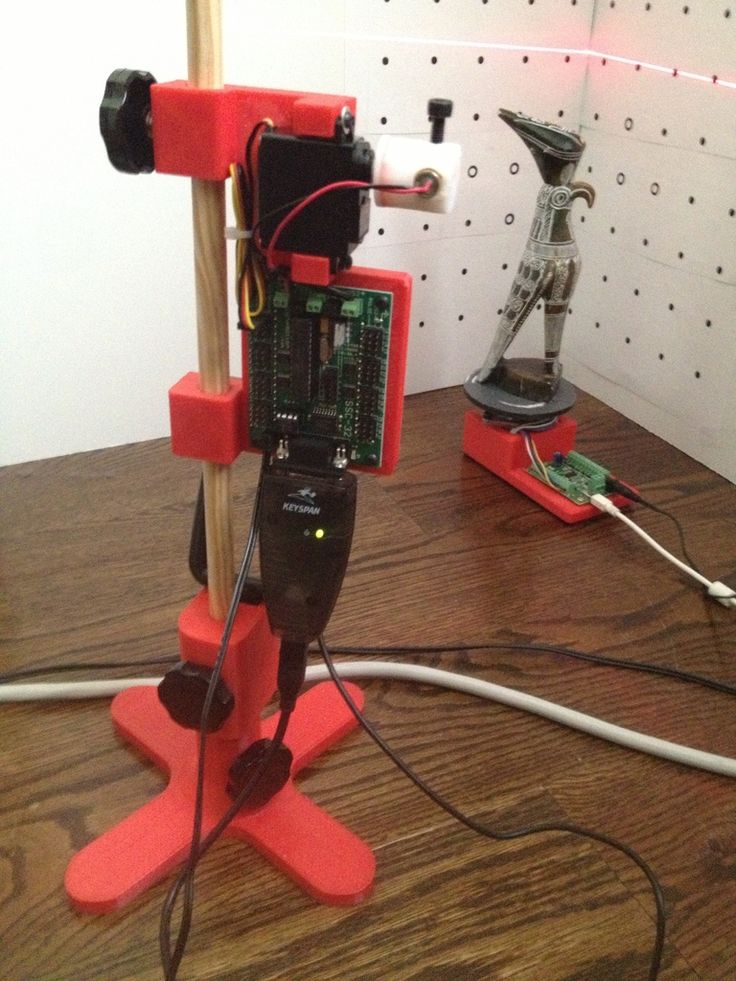
We sell and use Artec hand helds, but Creoform are also excellent in this class.
The new Artec Leo can capture millions of points a second, which is rated at 80 frames per second.
Another huge benefit of the newer class of hand held scanners is portability. These hand held scanners can be run from a laptop.
Creoform White Light Hand Held 3D Scanner
Step 2- Point Cloud Data Assembly Required
3D Scanning with Point Cloud Generation and Assembly
What most suppliers tend to gloss over is the assembly of these new point clouds.
A point cloud is nothing more than a zillion 3D points in space that look like your part.
The wonderful news about this process is, software is now smart enough to greatly assist us in this automated assembly.
Point Cloud Density and Sub Density Map Piping
This results in a huge increase in productivity than the past.
In the past we had to use markers – targets, so a scanner knew when the next scan section starts and stops; along with knowing what to assemble to.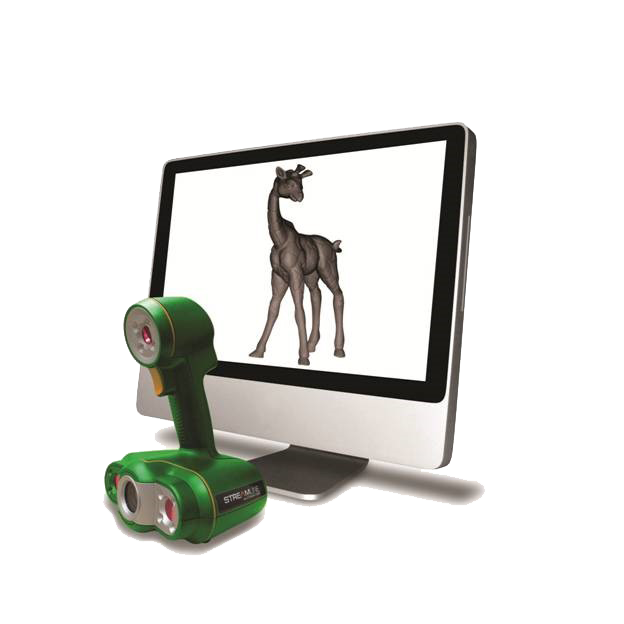
With small parts you can assemble the scan sections in just a few minutes, but on large buildings it can take 10-20 hours of computer processing.
Step 3- Turn Point Cloud into a Mesh
CAD Mesh of a Part
Now that we have an assembled and clean point cloud. It is almost ready to turn it over to the CNC machine.
But we must now turn that clean and assembled point cloud into a mesh – a surface.
Some 3D scanning vendors include this feature, but most production houses use a higher end version called GeoMagic Wrap for this task.
Here we can smooth out surfaces, define how tight we want the mesh to be, check for hot-spots and inconsistencies, and even provide quality control across multiple parts to make sure they are within the production specifications.
geomagic turbine design
Here we generally output to a generic *.stl file, but HOPS files are also suitable for most NC machines.
At this stage, these are not CAD Files yet, but clean, mesh point cloud files.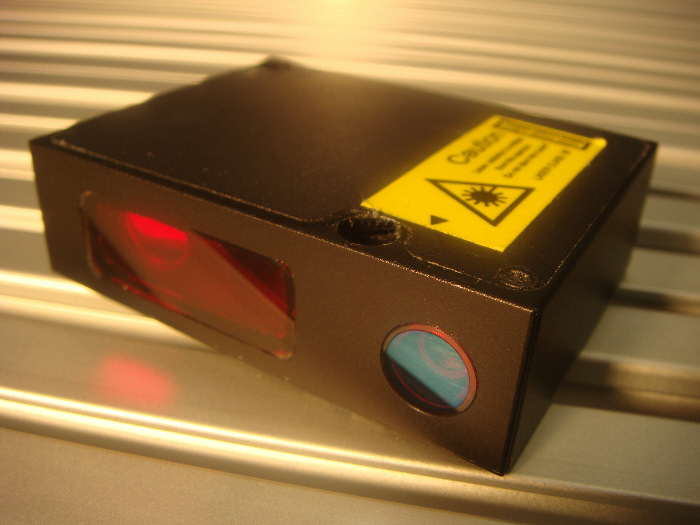
Except for cleaning up a mesh, you really don’t edit these mesh files very much.
Within reason, it is a WYSWIG type file.
the good the bad and the ugly
The Good, The Bad and The Ugly
Further down the page we will discuss building a full CAD model. CAD modeling is useful if you are going to modify or edit a part.
For a straight forward scan to print or CNC approach, you don’t need that. You just need to make a copy of something.
At this point we can now simply drop the *.stl file into https://www.cadcam.org/3d-cad-services/3d-printing-2/, get an instant quote, and directly print this for you in a day or two.
Or, you are now ready for your CNC machine and MasterCAM software.
Don’t underestimate the fact, that some assembly will be required for your part.
You would be amazed how often we see missing sections of your part / object that where missed during the actual scan.
How can your CNC machine, even try to machine something that is undefined?
On a recent project– we cleaned up a huge mesh file on a very large building.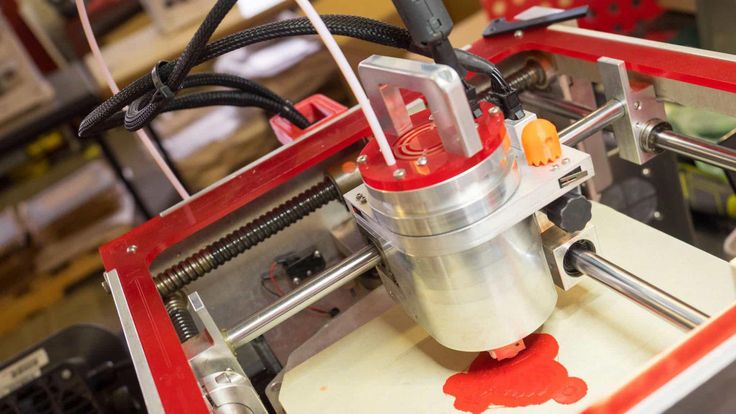 The point cloud contained ½ billion points.
The point cloud contained ½ billion points.
Taking all of this into account, you truly get what you pay for.
Don’t expect a $ 3,000 approach to create Aerospace accurate parts. It won’t happen.
Industrial quality 3D scanners with good quality software are a $ 30-50,000 investment.
The industry leader RX Solutions DeskTom/EasyTom/EasyTom XL and all the way up to the UltraTom range in price from $ 100,000 to $ 1m systems.
The better scanners give you a better product. We utilize two RX Solutions CT scanners for our 3D scanning.
The Solution
In our business, one size does not fit all. We have learned our lesson with cheaper, less production arms and scanners.
We have also developed a clean process to make sure we know how to scan all of your surfaces, without missing any data.
aluminum 3D scanning
On shinny parts like aluminum, we often have to spray them with an anti-glare (3D Scan Spray) to reduce the gloss.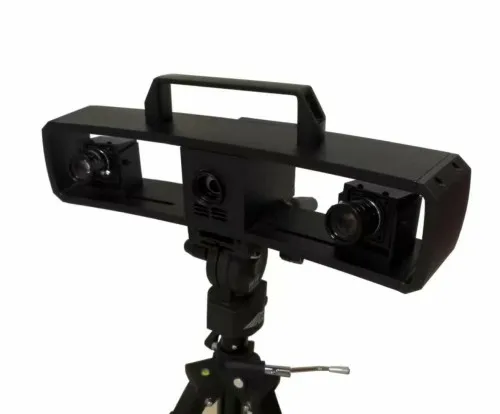
Otherwise, the scanners laser light would reflect off the surface.
Don’t worry, it is temporary and only useful for about an hour!
Faro Focus 3D Measurement & Imaging
CAD/ CAM Services utilizes CMM, CMM arms, and high-end 3D laser scanners, including some with white or blue light.
Industrial CT Scanner
We also utilize two types of industrial CT scanners to capture your meteorology and surface data.
This even allows us to look inside of your objects for voids, and surfaces you cannot see from an outside appearance.
FARO-Focus-M70-Laser Scanner- Scanning Pipes
All of our software is current, with experienced staff who knows how to operate it for excellent results.
3D scanning can be a science. It is something you learn with practice.
Faro Focus Laser Scanner 1
Regardless of what the scanning sales people say, they are only as good as the operator.
That is why after 30 years in business, customers keep coming back to CAD/CAM Services.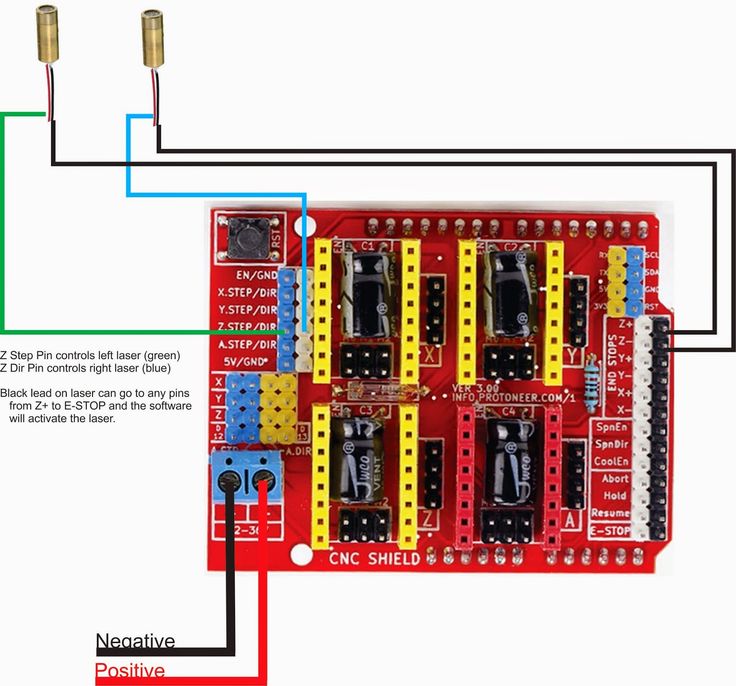
CAD/CAM Services Provides:
- Artec 3D scanner sales and rentals
- High-end 3D scanning services
- Point cloud to mesh creation
- And full CAD model and assembly
V6 Twin Turbo Engine 3D CAD Model Assembly
We now have an efficient & cost effective way to scan items directly into CNC machines for engineering.
Click now or call us at 800-938-SCAN (7226)
Request a Quote
World’s first wireless laser scanner for measuring parts within CNC machines eliminates part inspection and alignment bottlenecks
Hexagon’s Manufacturing Intelligence division has launched a wireless multi-sensor laser scanner with metrology levels of precision, designed specifically to work inside CNC machine tools.
The m&h LS-R-4.8 can capture around 40,000 measurement points a second – compared to the status quo of taking individual points with traditional touch probes – and securely transmits the data to the receiver, via radio, which enables operators to change the sensor automatically without manual intervention.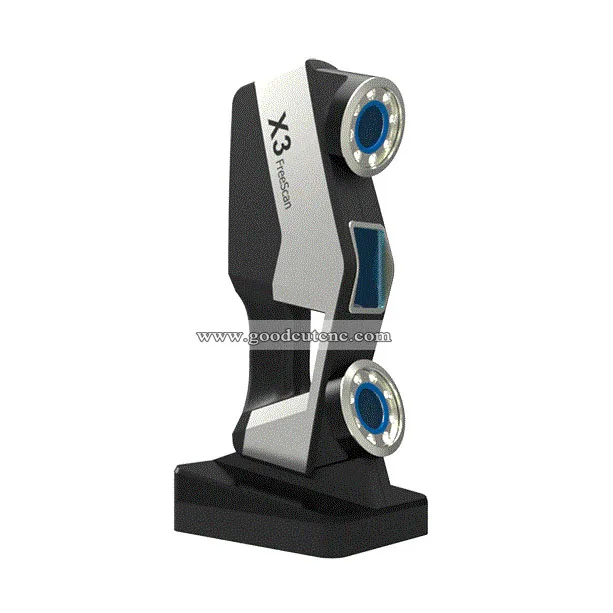
Measuring on the machine tool, whether for workpiece inspection, temperature, or tool control, is a valuable source of information in the machining process. With this data, workpieces can be controlled before, or even in between, machining. In this way the quality of products can be assured, and measurement results used to flexibly improve production – for example through automatic part alignment. These small improvements accumulate to improve production efficiency.
The wireless scanner will remove bottlenecks by taking inline measurement for in-process enhancements away from CMM machines. In modern production, manufacturing often must stop until the results come in. This new wireless laser scanner provides quick measurement on the machine tool, and the results are quickly sent to relevant areas of the production, such as quality engineers or production managers.
Capturing 40,000 measurement points a second provides information about the complete part, rather than just selected individual points.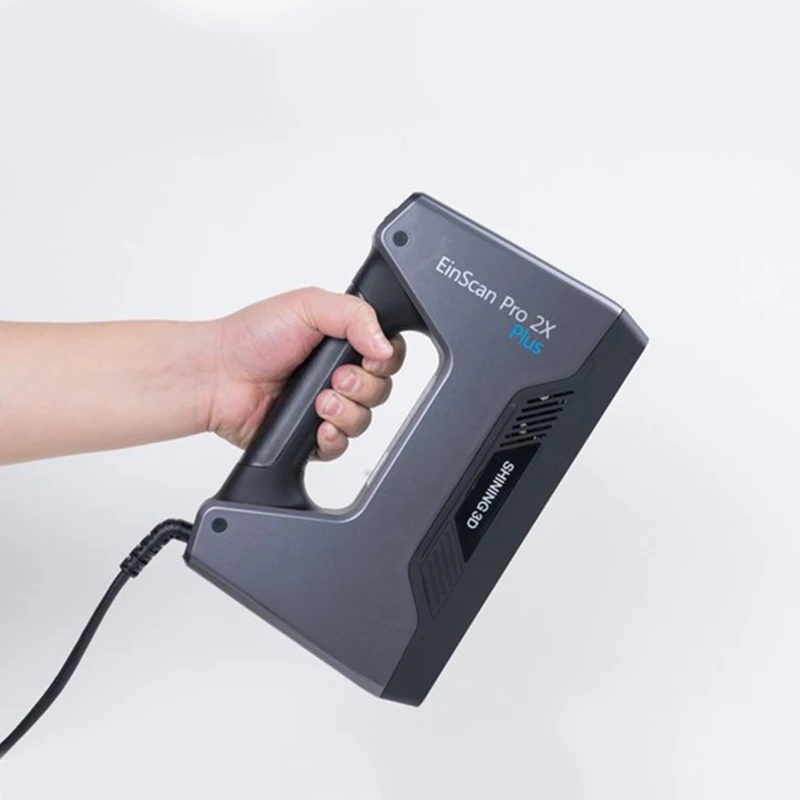 This enables users to evaluate production quality, enhance production processes by identifying problems early, better align the parts for steps later in the workflow, and an insight into the complete part quality. Manuel Müller, product marketing manager comments: “Wireless connectivity means these measurements are now all possible without moving the part away from the machine or installing external mobile measuring devices – both of which would be time consuming.”
This enables users to evaluate production quality, enhance production processes by identifying problems early, better align the parts for steps later in the workflow, and an insight into the complete part quality. Manuel Müller, product marketing manager comments: “Wireless connectivity means these measurements are now all possible without moving the part away from the machine or installing external mobile measuring devices – both of which would be time consuming.”
The improved time-saving and higher throughput gained from using the scanner is particularly important where multiple machines are used for sequential production steps. Parts must be precisely positioned in order to start milling accurately each time. Manuel Müller explains: “The laser increases the speed of throughput by capturing the complete surface of the whole part instantly, rather than slowly measuring many individual points. Measuring parts with manual devices between each step takes considerably longer than using an integrated laser scanner.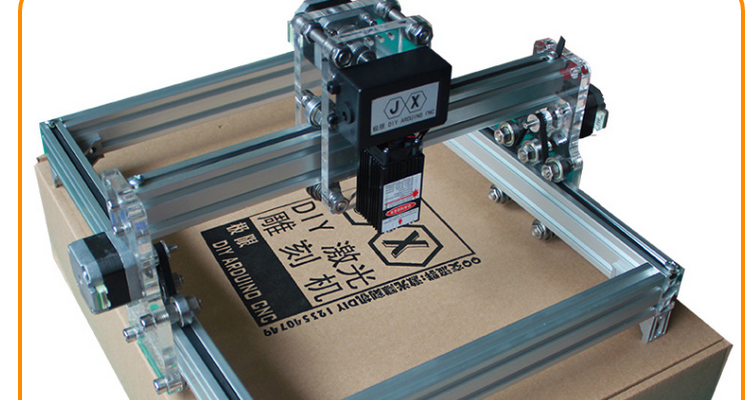 ”
”
The wireless scanner deploys laser triangulation to deliver high levels of speed and accuracy. The laser beam is projected on to the component, and its reflection passes through a lens where it is detected by an imager. The position measurement points are then determined by that information.
Dedicated modular software presents the data in an easy-to-understand format, making it simple for machine operators or quality teams to quickly identify quality issues and correctly align a part for reworking while it is still fixed to the machine tool. The wealth of data laser scanning brings to the machine tool also offers machine OEMs and their operators powerful new capabilities:
- Creating colour maps that superimpose the clamped part onto the source CAD model to identify deviations
- Measuring freeform surfaces with up to five axes, which guarantees that almost every part of the component can be measured
- Scanning a part while it is on the machine tool, to exporting an STL file to CAD, create a point cloud for reverse engineering, for example with Hexagon’s REcreate software.
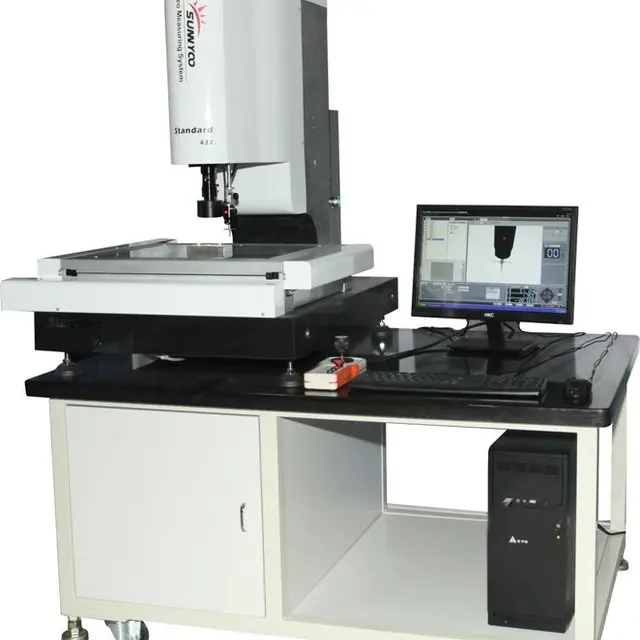
- Generation of correction values using a “Best-Fit” software module, that can be loaded to the machine control for automatic part adjustment.
The new package includes the wireless scanner, modular software, and RC-R-100 multi-sensor receiver. The scanner is stored directly in the tool magazine inside the CNC machine and is inserted to the spindle automatically without any manual intervention.
Working principally with machine tool companies, enabling them to deliver added value to their customers, Hexagon is providing a solution which can be used on multiple machines from different machine tool OEMs. The laser is just one of a series of Hexagon measuring devices which turn a machine tool from any supplier into a full multi-sensor device. For example, separate probes can capture temperature and wall thickness, and now full surface data is captured with the laser.
Everything runs with just one receiver, and Manuel Müller explains that the wireless technology switches between them seamlessly: “We’re working with OEMs who will fit several sensors to their machines, which can simply be switched automatically for particular applications, depending on the program the user is running.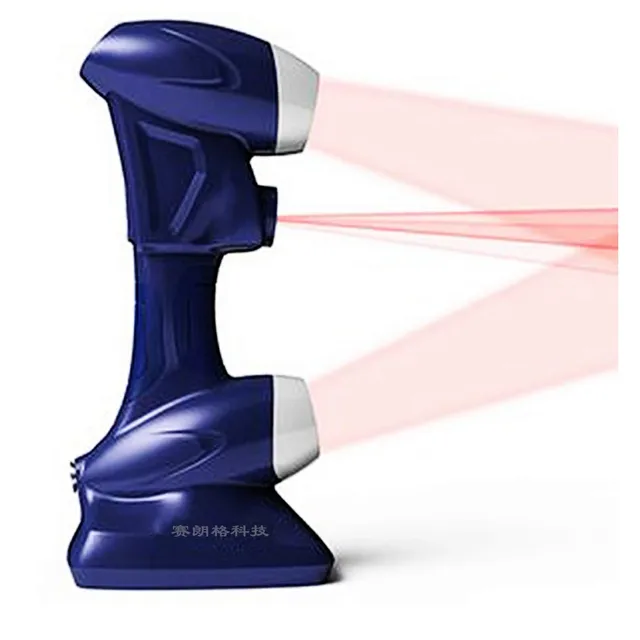 ”
”
Ends
Contacts:
Stewart Bint, Global Media Relations Officer (UK based)
Tel: +44 1189 756084
Email: [email protected]
Robin Wolstenholme (UK based)
Global Media Relations and Analyst Relations Manager
Phone: +44(0) 207 0686562
e-mail: [email protected]
About Hexagon
Hexagon is a global leader in digital reality solutions, combining sensor, software and autonomous technologies. We are putting data to work to boost efficiency, productivity, quality and safety across industrial, manufacturing, infrastructure, public sector, and mobility applications.
Our technologies are shaping production and people-related ecosystems to become increasingly connected and autonomous – ensuring a scalable, sustainable future.
Hexagon’s Manufacturing Intelligence division provides solutions that use data from design and engineering, production and metrology to make manufacturing smarter.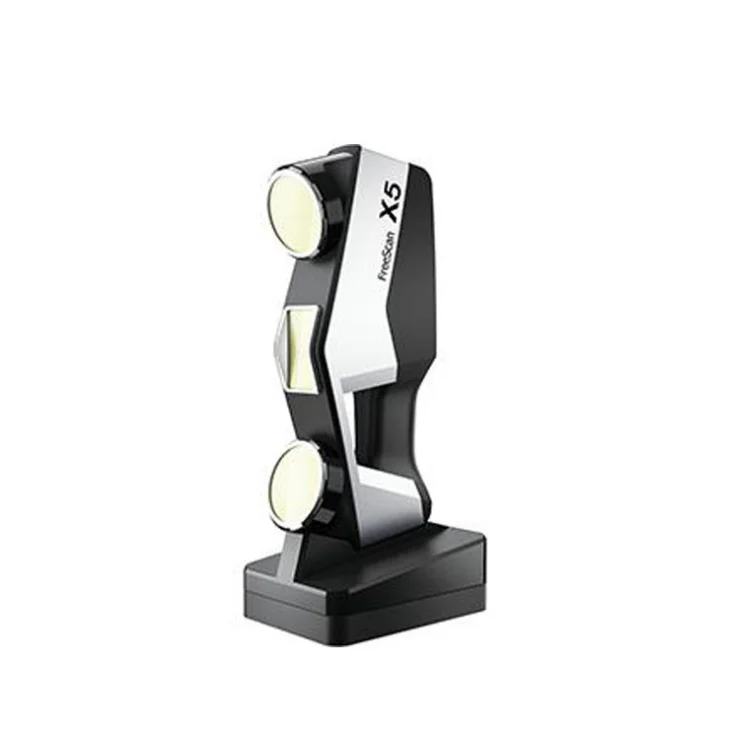 For more information, visit hexagonmi.com.
For more information, visit hexagonmi.com.
Hexagon (Nasdaq Stockholm: HEXA B) has approximately 23,000 employees in 50 countries and net sales of approximately 4,3bn EUR. Learn more at hexagon.com and follow us @HexagonAB.
technologies, methods and principles of operation of 3D scanners
Main / Blog / Useful / Principles of operation of a 3D scanner. Types of scanners, technologies and scanning methods
04/16/2021
Content
-
- What is 3D scan and for which it is used by
- How 3D scanner
- 3D scan technologies
- 3D scan methods
- Contact 3D scanners
- Non-contact 3D scanners
- Types of 3D scanners by usage
- Advantages and disadvantages of 3D scanners
- Things to consider when choosing a 3D scanner
- Applications
Currently, few people are not familiar with such a concept as 3D printing. Many companies are using modern 3D printers with might and main, recreating layouts of various shapes and sizes with their help.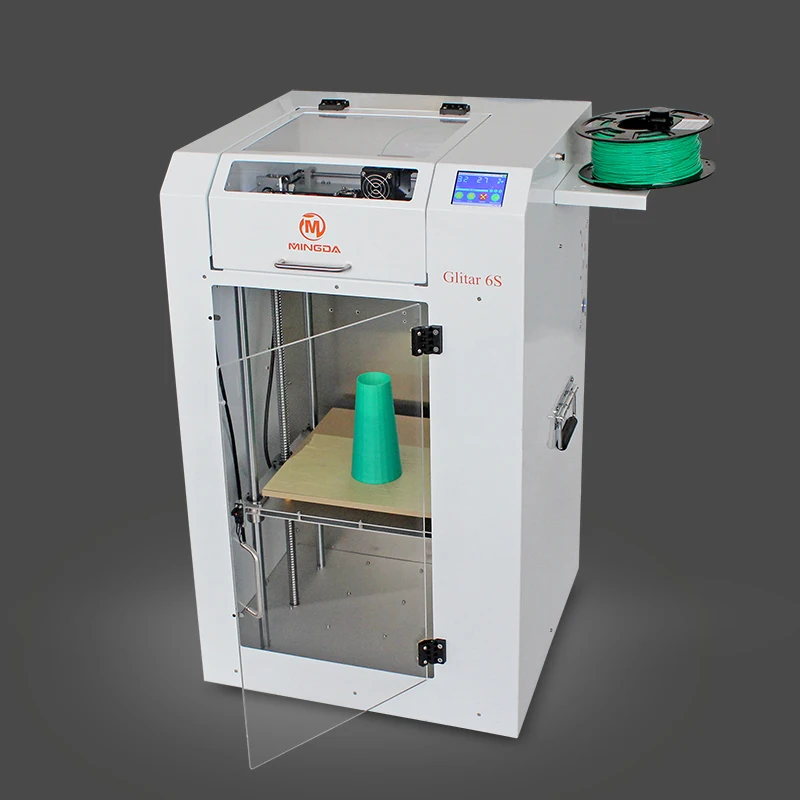 There are also those that recreate whole objects - not only small ones (for example, phone cases, souvenirs, sneakers), but also large ones (houses, engine parts, etc.). But all this would not be possible without 3D scanners. It is they who allow you to accurately copy almost anything - from huge buildings and structures to humans, animals, small objects and much more.
There are also those that recreate whole objects - not only small ones (for example, phone cases, souvenirs, sneakers), but also large ones (houses, engine parts, etc.). But all this would not be possible without 3D scanners. It is they who allow you to accurately copy almost anything - from huge buildings and structures to humans, animals, small objects and much more.
What is 3D scanning and what is it used for
Three-dimensional scanning is a technology that appeared in the 60s of the 20th century. It was created in order to transfer the physical parameters of the object into a digital format in the form of a three-dimensional model. The need for this naturally arose when people around the world increasingly began to use computers both in everyday life and in production.
The first samples of 3D scanners were quite simple and did not have wide functionality. Gradually, they became more complex and improved, making it possible to achieve an ever clearer image of the object.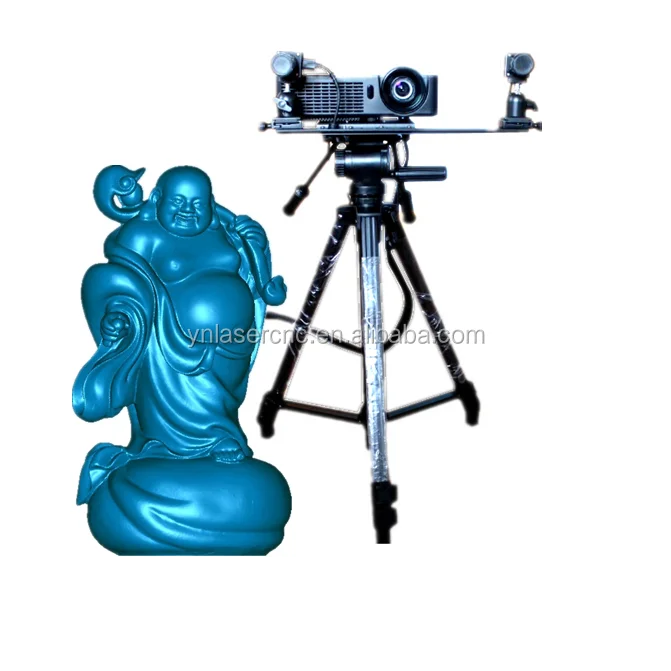 This has become especially relevant with the advent of lasers.
This has become especially relevant with the advent of lasers.
3D scanners allow you to transfer object data into digital format
3D scanning has opened up new opportunities in various areas of human activity - from the automotive industry and the military industry to design, medicine and cinema.
How a 3D scanner works
A 3D scanner is a device that examines an object by digitizing it using sensors and using the information received to create a three-dimensional model. In fact, a 3D scanner creates a digital copy of a physical object of any configuration and complexity. In this, it fundamentally differs from its predecessors - conventional scanners that can only read information from documents and photos.
The scanning process itself can take place in different ways - depending on the type of 3D device and the technology used, as well as on what object you want to process with it - moving or static.
3D Scanning Technologies
There are 2 main types of 3D scanners - laser and optical.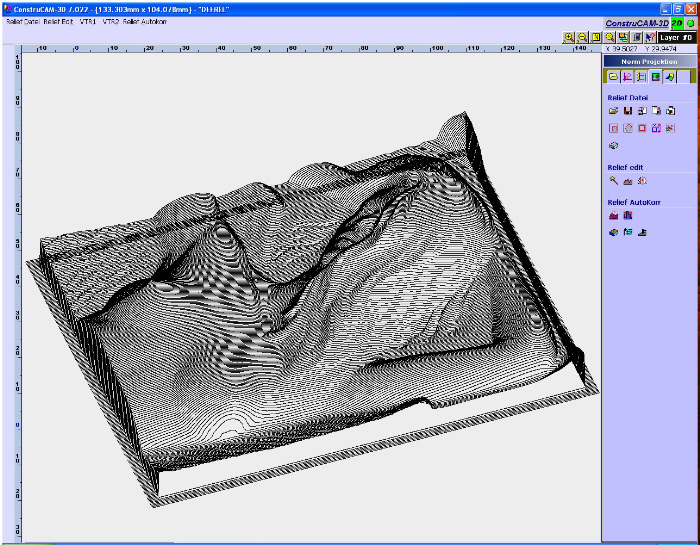 Their fundamental difference lies in how and with the help of what the “removal” of data takes place. Let's take a closer look at both.
Their fundamental difference lies in how and with the help of what the “removal” of data takes place. Let's take a closer look at both.
Laser 3D scanning, as the name implies, uses a laser and can be carried out both at short and long distances from the object.
Laser scanner
For the most part, 3D laser scanners work on the principle of triangulation, when the camera finds a beam on the surface of an object and measures the distance to it, after which a cloud of points is created, each of which has its own coordinates in space, and a 3D model is built. Their "advantages" are affordable price and ease of use combined with high scanning accuracy. Of the "minuses" - there are restrictions on the remoteness and size of the object.
Another type of laser scanner works by measuring the response time of a beam from the surface of an object - the so-called laser range finder. They are widely used where it is necessary to create 3D models of various buildings and structures.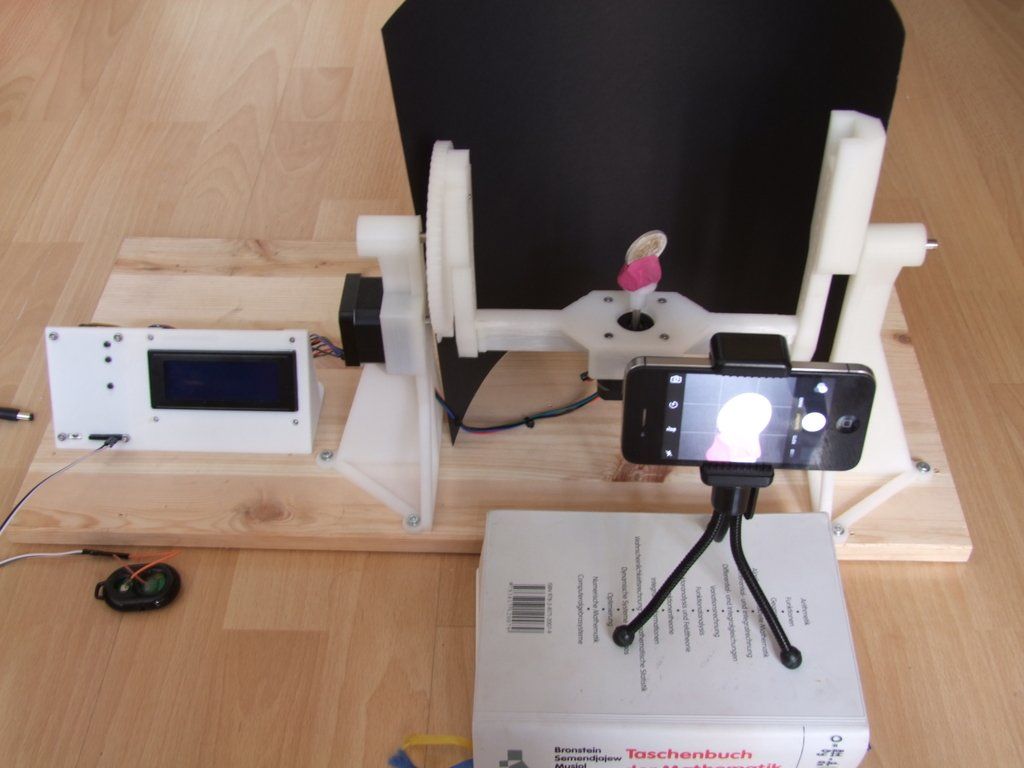 It is not advisable to use them at short distances, since in such cases the response time is very short and the accuracy of the data is reduced. Otherwise, this type of scanner is characterized by high scanning speed and the ability to read all the details.
It is not advisable to use them at short distances, since in such cases the response time is very short and the accuracy of the data is reduced. Otherwise, this type of scanner is characterized by high scanning speed and the ability to read all the details.
The disadvantage of laser scanners is the impossibility of their use on moving objects. Then optical 3D scanners come to the rescue, which shoot with one or more cameras from different angles an object illuminated by a special projector. Based on the received image, a three-dimensional image is built.
Optical scanner
A "contraindication" for the use of this technology are reflective and translucent surfaces - shiny, mirror or transparent. But when scanning a person, they are simply irreplaceable.
3D scanning methods
Any object can be digitized both by contact and non-contact methods. In the first case, active interaction with the subject is necessary, in the second, accordingly, no.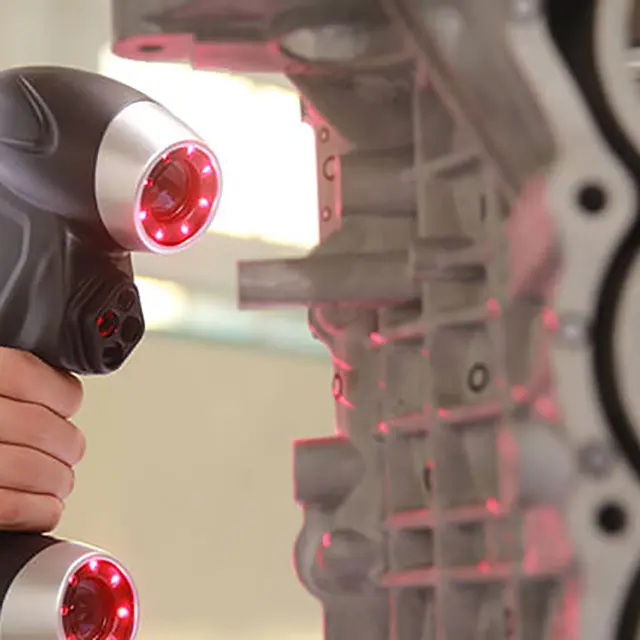 Both of these methods have their advantages and disadvantages.
Both of these methods have their advantages and disadvantages.
Contact 3D scanners
They have a mechanical probe with a special sensor that measures parameters and transmits the collected information to the device. To do this, the object under study is placed on a special surface and fixed (if necessary). Such tight physical contact makes it possible to determine and then build a 3D image as accurately as possible, however, there is a small risk of damage to the prototype.
Non-contact 3D scanners
This category includes all devices capable of scanning at a distance. This is especially true for objects located in hard-to-reach places.
Non-contact 3D scanner
A stream of radiation (it can be ultrasound, light, X-rays or a laser) is directed to the object and reflected from it, it is recognized by the 3D scanner. They are similar in principle to a video camera and may require the use of additional devices for better lighting.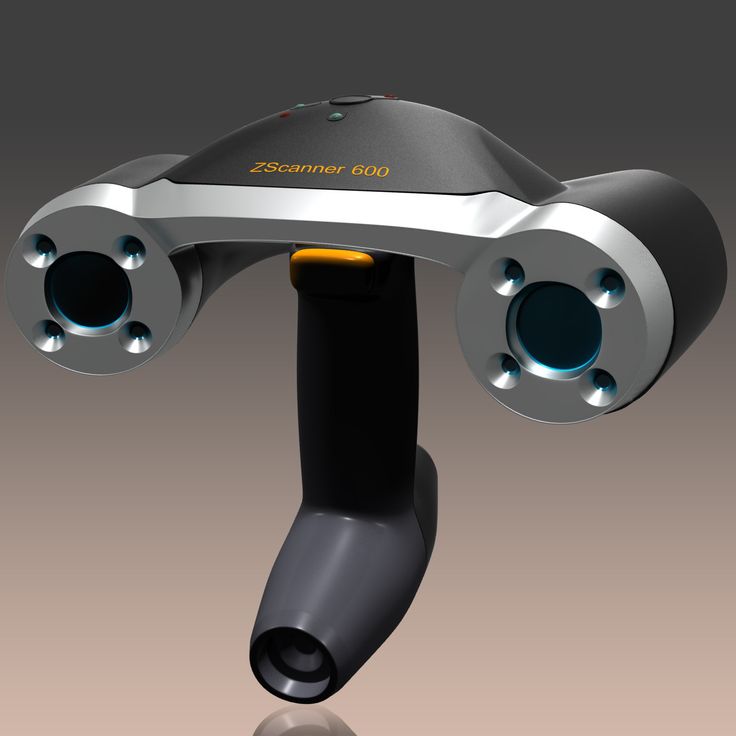
Non-contact 3D scanners come in 2 types:
-
Active - work with a laser beam or structured light directed at an object, which, when reflected, give information about the location of the object in the form of coordinates.
-
Passive - use time-of-flight rangefinders that read the time and distance that the laser beam travels to the object, and so - for each point in space, which ultimately allows you to accurately recreate its three-dimensional image.
Desktop 3D scanners are very popular and widespread, since they are mostly simple and safe to use, do not require any special technical skills and are quite cheap. The EinScan-SE 3D scanner is one such example. It can be used both at home and in the office. It has access to the API of many popular 3D printers, which makes it possible to immediately print the created three-dimensional model.
Add to compare
Product added to compare Go
| Manufacturer | Thor3D |
Add to compare
Product added to compare Go
| Manufacturer | Shining 3D |
Add to compare
Product added to compare Go
| Manufacturer | Shining 3D |
Add to compare
Product added to compare Go
| Manufacturer | Range Vision |
Types of 3D scanners according to the principle of use
There is also a variety of species here.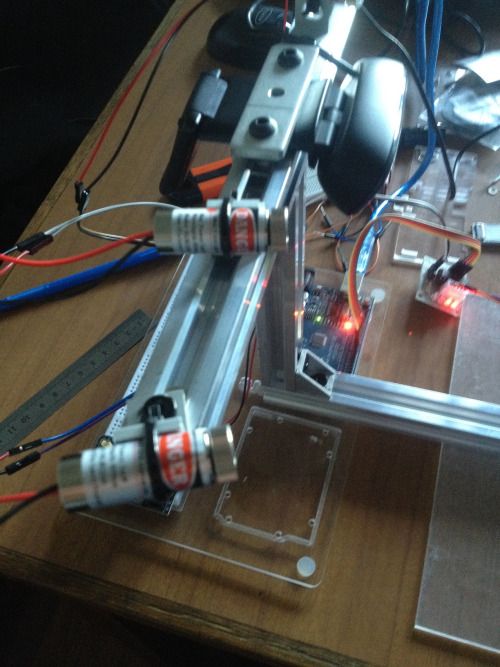 Let's highlight the main ones:
Let's highlight the main ones:
Manual: The are handy and simple models that are easy to use as they are quite compact and do not require special skills. True, their technical capabilities may be somewhat limited.
-
Portable: are mainly used for field work, they are convenient to take with you.
-
Desktop: have extended functionality and are used to create high-quality 3D models. Most often used in offices.
-
Stationary: are used, as a rule, in production, various enterprises, as they can scan a large number of objects of the same type at once. Mounted on special turntables.
Handheld 3D Scanner Calibry
Such a choice of products allows you to select the right model for a specific task. In some cases, scanners independently measure objects, in others - with the help of a person who sequentially moves the device until all the necessary information is collected.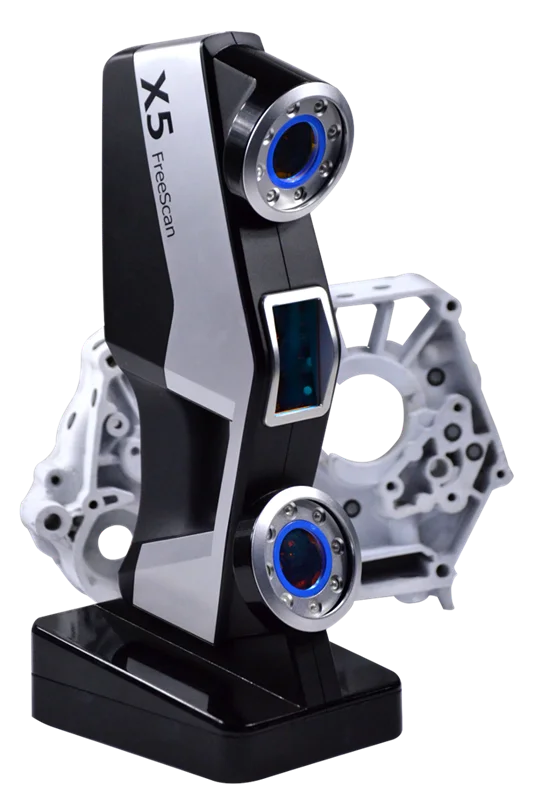
Such options for hand-held 3D scanners as Calibry are in high demand among buyers. Despite the apparent simplicity of execution, it has a high resolution and scanning accuracy, due to which it is able to digitize objects with a length of 0.2 to 10 meters. Objects that have a non-standard surface - dark or shiny, with a large number of corners and small details will not become a problem either. Among other things, its undoubted advantage is its low weight, only 900 grams.
Advantages and disadvantages of 3D scanners
Surely, many of the potential buyers are wondering: do you really need a 3D scanner to invest a lot of money in it? What can this acquisition give and will such an investment be justified?
3D scanning has become an integral part of any modern manufacturing process
In order to understand how much you need this equipment, we will list its advantages and disadvantages.
Benefits:
-
They make it possible to scan objects located at a remote distance and in places inaccessible to the presence.
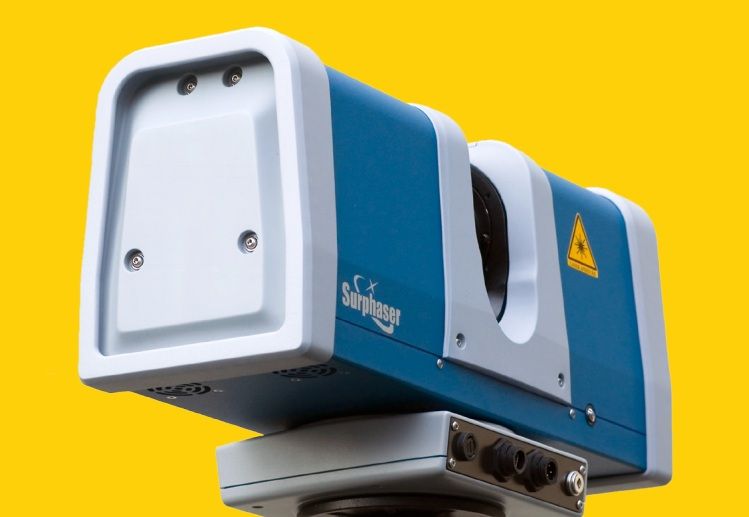
-
They have the ability to "read" not only colors and images, but also to convey the texture of the surface.
-
Significantly speed up the process of "taking" data from any object, even a very complex one with a large number of planes.
-
A variety of models allows you to choose the most convenient version of the scanner, including manual or portable, which can be easily taken with you.
Weaknesses:
-
Some scanners are unable to recognize transparent or black and white objects. In this case, their preliminary preparation (treatment with a special composition) is required.
-
I do not always display complex objects correctly, with a large number of inserts and partitions.
-
To obtain a high-quality result, they require skills and abilities to work with certain computer programs for creating 3D models.
-
If the rules of operation are constantly violated, it may become necessary for expensive repairs to the equipment.
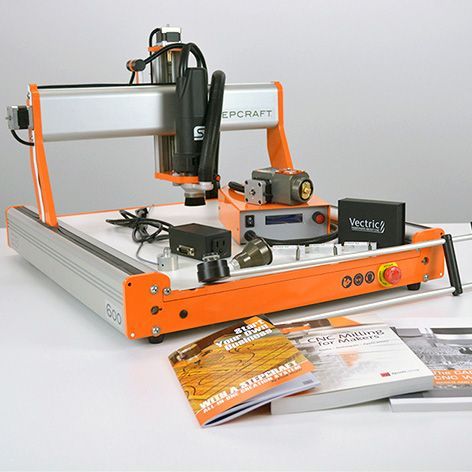
If you need high-precision and high-quality three-dimensional copies of objects, then you cannot do without a 3D scanner. It makes it possible to work in almost any conditions - indoors and outdoors, and with any objects by type and size. It is not surprising that now these devices are in great demand, which gives rise to the annual release of a large number of models, from which you can always choose the one that suits you in terms of quality and price.
Things to consider when choosing a 3D scanner
The computer equipment market offers a huge amount of all kinds of equipment, including devices for three-dimensional scanning. Navigating that variety is sometimes not at all easy: some buyers are only concerned about the cost, others are interested in the number of options (sometimes completely useless), but the most far-sighted look at the ratio of the first and second.
Choosing the right 3D scanner is a responsible matter
It is not always easy to take into account all the technical points that can significantly affect what result will be ultimately achieved.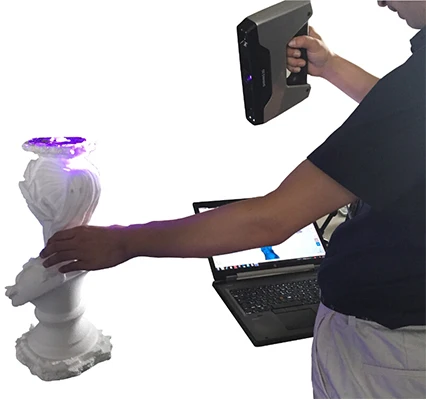 We will tell you what you should pay attention to if you are thinking about buying a 3D scanner.
We will tell you what you should pay attention to if you are thinking about buying a 3D scanner.
Be guided by the following parameters:
-
How high is the accuracy of the 3D scanner. This is one of the most important features. It needs to be targeted first.
-
Resolution also plays an important role. It follows from the first, since the accuracy of measurements and the quality of copying depend on the resolution.
-
In what range the device operates, how close / far it can be from the scanned object.
-
The scanning field is the parameters of that object, thing that it is able to process in 1 session.
-
Does the scanner capture various atypical types of surfaces with complex terrain - channels, partitions, holes, etc.).
-
Portability, mobility of the device - how easy it can be moved if desired, taken with you, its size.
-
The time it takes to prepare for work, as well as the duration of the digitization process itself.
-
The range of possibilities in terms of copying: are there any restrictions on shapes, textures, material, as well as operating conditions - temperature, light, etc.
Of course, the better the quality of the 3D scanner, the more expensive it is. However, you should focus primarily on the tasks that you face, and only then take into account everything else.
Applications
Three-dimensional scanners are in demand in many areas of human life. They are irreplaceable both in the industry, and for household needs. The range of their application is so wide that it is possible to list for a very long time. It's easier to say where they are not needed.
The most common areas of use are, of course, medicine, industry, architecture, construction, film industry and design.
For example, in dentistry, these devices allow you to create ultra-precise three-dimensional models of dentures. One type of such a scanner is Shining 3D's AutoScan DS-EX PRO, which does a great job with a variety of tasks while being quite affordable and reliable.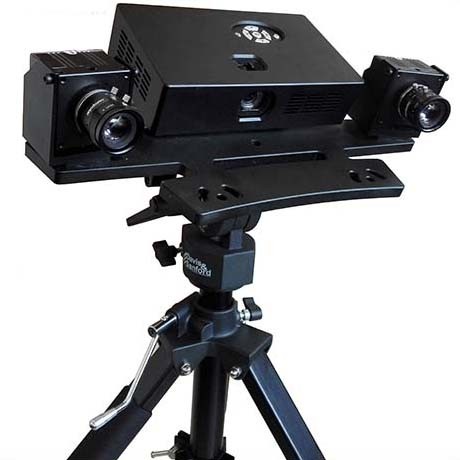
Medical 3D Scanner
In engineering, such technologies are also indispensable. Digital building prototypes are now much easier and faster to obtain than in the past, when it required multiple manual measurements and then entered into a database. Any physical object can now be recreated in three-dimensional form, moreover, in the shortest possible time and with a minimum error.
In cinemas, we can see with our own eyes "revived" fantastic characters, which were created using motion capture technology, which made them as realistic and impressive as possible. This would not have been possible without 3D scanners.
A few decades ago, it was even difficult to imagine all the things that we use all the time today. And in many ways this has become achievable thanks to three-dimensional digitization. This approach provides huge advantages in work (especially for technical specialists - engineers, designers, designers), however, in order to use them to the maximum, it is also necessary to understand computer programs for 3D scanning.
We will talk more about this topic in one of our next articles. And if you want to know more about it, stay tuned.
#Useful
Expert in the field of additive and subtractive technologies, 3D equipment and CNC machines with over 10 years of experience.
Share
all materials
Do you have any questions?
Our experts will help you with the choice of 3D equipment or accessories, consult on any questions.
Scanform - professional handheld 3D scanners
Our clients
See all3
Well Technology Company
Manufacture of industrial ventilation equipment
Well Technology
FENDERIST — Vladivostok
Development and production of tuning parts
fenderist. com
com
BoatService – Croatia
Boatservice Group - A network of yacht service shops operating in Croatia, Slovenia and Montenegro since 2008. Perform practically…
boatservice.eu
Bratuhin Customs - Izhevsk
Production of individual motorcycles and components: 3d scanning, reverse engineering, production and installation of side trailers…
bratukhincustom.com
Physics Racing - St. Petersburg
Petersburg
Quality construction, repair and maintenance of sports cars. Professional approach to work, preparation for exhibitions and competitions…
fizikaracing.vsite.biz
RMM manufacturing — Novosibirsk
Manufacture of downpipes and exhaust systems for Mercedes, BMW, Porsche, Audi, Aston Martin, McLaren, etc.
CAD Engineer
Affordable 3D scanning and CAD design services in Florida, US
facebook.com
KMZ - St.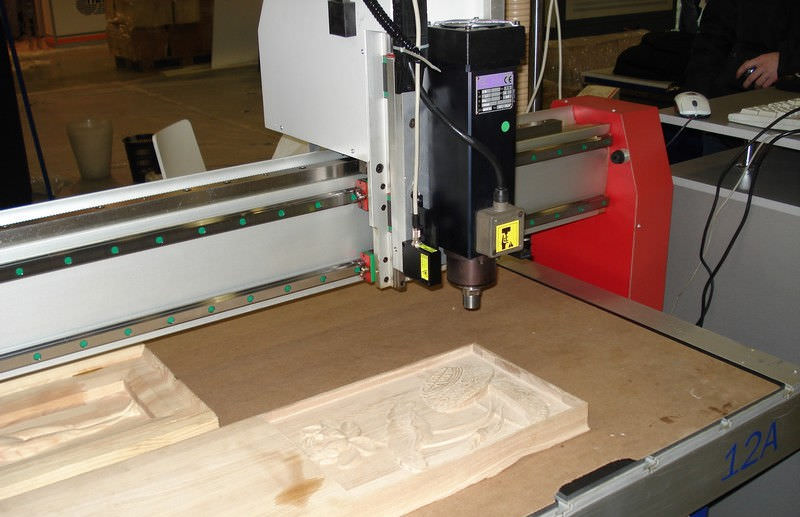 Petersburg
Petersburg
Kingisepp Engineering Plant - a domestic manufacturer of diesel, heat exchange and deck equipment
kmz1.ru
DirTire - Vladivostok
Manufacturing, engine swaps, design, CNC laser cutting, welding, custom work, 3d scanning, 3d printing.
4
"Sport brake systems" - JBT
CTC (Sports Brakes) is an official dealer of high-tech JBT braking systems that provide significant…
See photo report
4
LLC "TAURUS" - Istra
LLC "Taurus" provides services for clearing land from unwanted trees and shrubs using mulchers.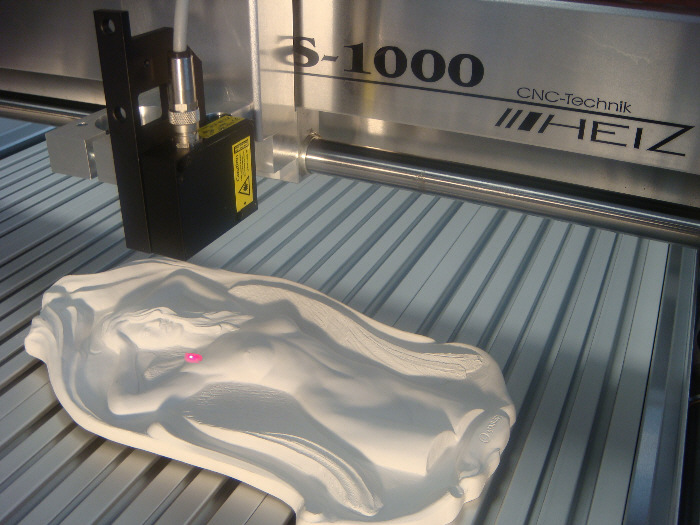
View photo report
mulcher-taurus.ru
3
Steffi Group - Rostov-on-Don
The company specializes in laser cutting, marking, CNC metal processing, CNC tube and bar bending. 3D modeling, scanning…
View photo report
cnc-services.ru
14
SWAP POINT
The company specializes in engine swaps and car modifications. As the guys say about themselves: “We swap everything that moves, and what ..
As the guys say about themselves: “We swap everything that moves, and what ..
See photo report
youtube.com/Swap
5
SVS-Sochi
Russian company for the development and production of tuning components for cars of any class with its own unique design.
See photo report
5
Magic Print
3D printing, 3D scanning, design and modeling in Chechnya
See photo report
6
3D-Cartel — St.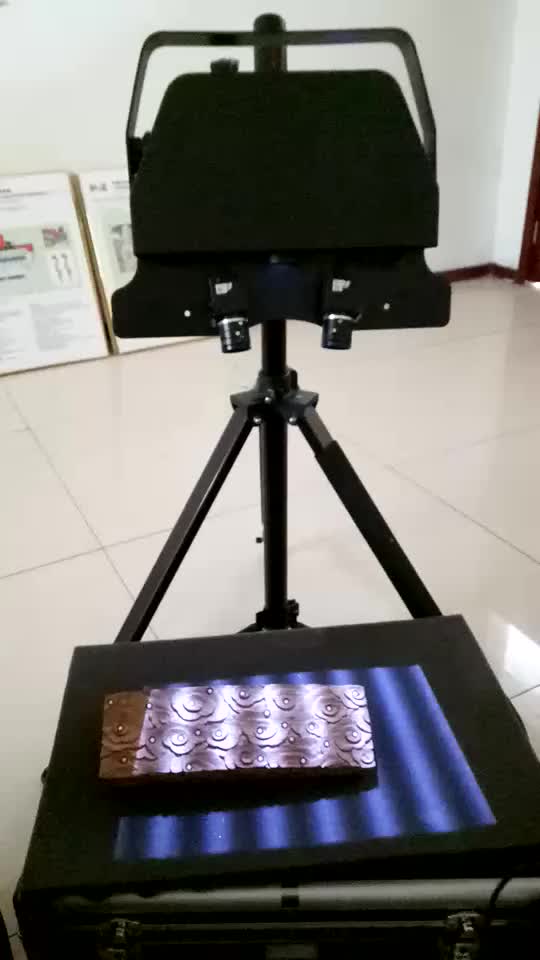 Petersburg
Petersburg
3D-Cartel offer a range of services for: 3D scanning, 3D printing, Modeling, Reverse engineering, wax casting and aluminum casting
See photo report
6
Box 3D - Moscow
Specializes in 3D printing: large-scale objects, engineering composites, 3D scanning, modeling, design
View photo report
box3d.ru
4
Auto Concept Studio – Car Audio and Tuning Studio – Yekaterinburg
Installing and adjusting sound, making podiums, etc.